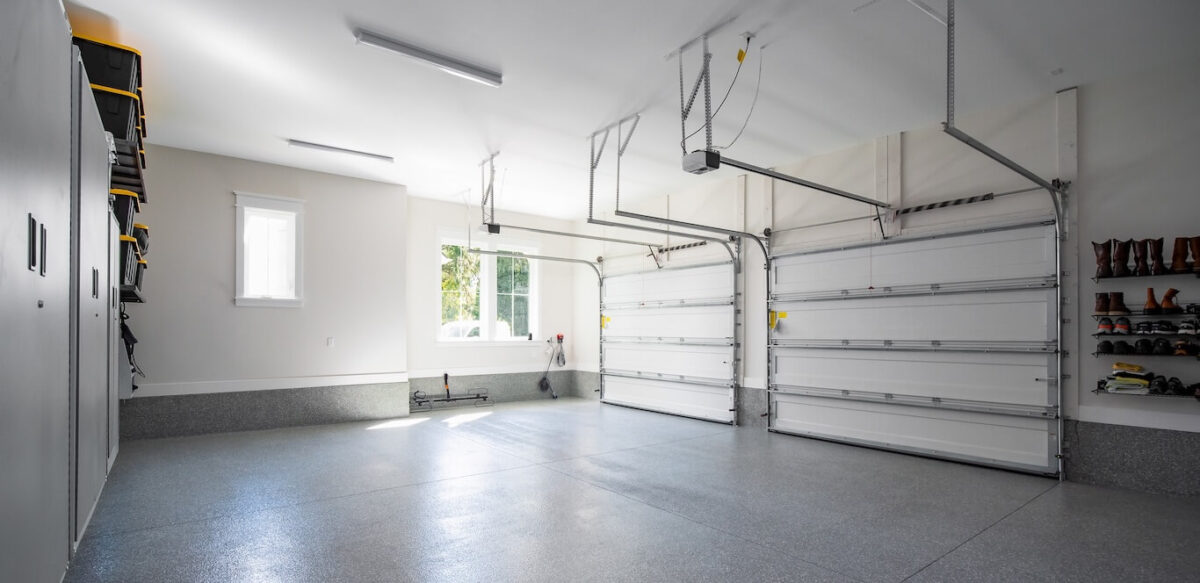Do you feel like your student loan payment is too high and the cost of living is trying to do a high jump? You’re not alone — Millennials and Gen Zers everywhere are nodding their heads fervently. We know that budgeting with student loans can feel impossible during times like these, but with a positive attitude and thrifty habits, you can reach your saving goals in no time — without moving somewhere else.
So follow along to learn valuable tips for Millennials, Gen Zers, and anyone budget-conscious! We’ll give actionable advice on how to beat the high cost of living, from obtaining an income-driven repayment plan to facilitating passive income. Let’s dive in!
Note: This is for informational purposes only. Please consult a financial advisor for specific guidance.
Request an Income-Driven Repayment (IDR) Plan
If your student loan payment is too high, consider requesting an IDR plan. These plans are designed to lighten the financial burden of student loans by determining your monthly payment based on income and family size. Not only does this lower your monthly expenditure, but according to the U.S. Department of Education, your remaining loan balance could even be forgiven after 20–25 years or less in some circumstances.
Create Short and Long Term Financial Plans
First things first: create a monthly budget and channel your inner Scrooge McDuck when it comes to saving money. Start by outlining your monthly income and expenses. Allocate a portion of your income to cover necessities like rent, groceries, utilities, and your credit card and student loan payments. Then, set aside another portion to put into your savings account. Every dollar saved is like a tiny soldier in your army against debt, and with enough soldiers, you can win this metaphorical financial war!
After sticking to your budget for a couple of months, calculate how much money you’ve been able to save. Use that figure to create a long-term financial plan. Consider investing a certain amount of your savings into a Roth IRA or low-cost index fund to gain interest on your capital and save for retirement — just be sure to set enough money aside for an emergency fund. And most importantly, celebrate the small victories — after all, they bring you one step closer to your goals!
Cut Back and DIY Where You Can
Take a critical look at your spending habits and identify areas where you can trim the fat. Small changes in your daily habits can add up to significant savings over time, so ditch the daily $5 latte and make it at home if you can. The same goes for eating out — if possible, prepare your meals at home and bring them to work for lunch. It may require a bit more effort on your part, but the savings and newly found DIY skills are well worth it. Then, redirect the money you’ve saved towards your student loan payments or savings account to accelerate your progress toward financial freedom.
Prioritize Quality and Sustainability
It seems like a bit of an oxymoron to prioritize quality when you’re on a budget. But in actuality, investing in quality products can save you money in the long run. Rather than buying the cheapest items available, do research on which items will last the longest. Not only can this reduce your environmental footprint, but you’ll likely spend less money replacing cheap products. This might mean taking longer to save up for what you want, but prioritizing quality over instant gratification is almost always a solid idea.
One area that this can be especially helpful is in the items that you use every day. Consider your bedroom furniture, living room furniture, and even appliances – purchasing high-quality used items can be a sustainable choice and last longer. While a cheaper option may be okay in the short term, you’re more likely to have to replace it over and over again.
Facilitate Passive Income
As we mentioned earlier, Roth IRAs, low-cost index funds, and other investment options can transform your pre-existing money into a more substantial nest egg. But there are other ways to make your money work for you, too —
- Rent Out a Room in Your House: If you recently bought a new home, you understand how quickly expenses can pile up. Fortunately, adding a roommate can help offset this new financial situation. Just be sure to evaluate the pros and cons of renting out a room before you take the plunge!
- Invest in Long-Term Stocks: With the advent of platforms that make investing simple, it’s easier than ever to make your money work for you. Though hiring a professional is likely still the safest way to invest, thorough research and proper portfolio diversification can help you invest on your own.
- Start a Side Hustle: This option may be slightly more active than passive, but starting a side hustle, like blog writing, craft making, or social media brand promotion can bring in a steady stream of income with less effort than you might think. Try to capitalize on what you enjoy doing as a hobby and turn your passion into a small, low-effort business!
Live Comfortably on a Budget with CORT Furniture Outlet
When you’re feeling the pinch of a high cost of living and student loan payments, every dollar counts towards getting ahead and getting out from under your loans. Unfortunately, life after college comes with many unavoidable expenses, which can make you feel like you need to compromise between quality and cost.
One place you don’t have to compromise? CORT Furniture Outlet. Sometimes new furniture is an inevitable expense, but you don’t have to pick between great prices and high-quality pieces! Since CORT Furniture Outlet furniture and decor is used, we can offer it at up to 70% off retail prices. CORT Furniture Outlet pieces are inspected and cleaned by our experts so that you can know they’ll last for years to come. Shop online or in-store at your local CORT Furniture Outlet for products available now!






